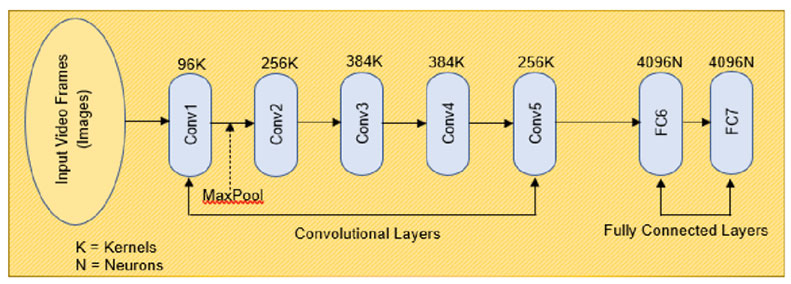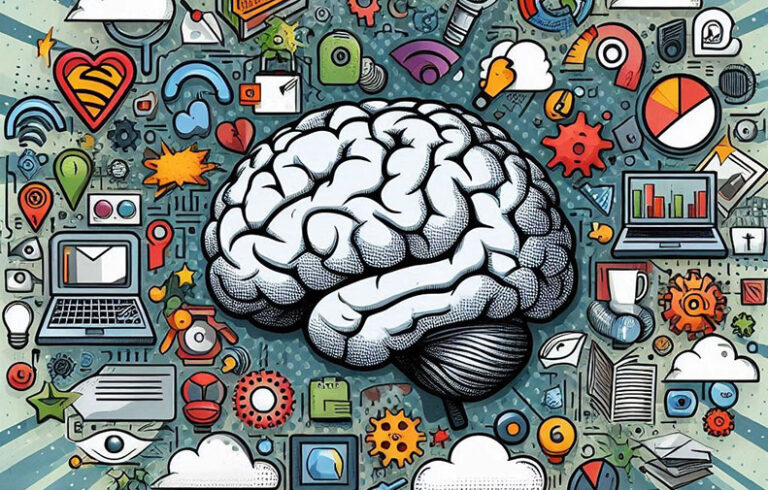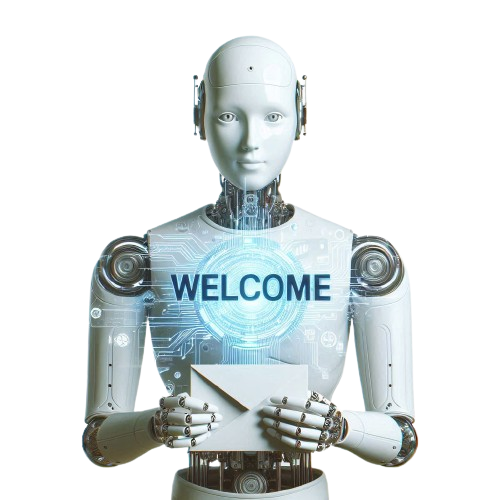What is Deep Learning (DL)
Table of Contents
Deep learning (DL) is a subset of artificial intelligence that has gained significant momentum in recent years. It is a type of machine learning that uses artificial neural networks to mimic the way the human brain processes information.
DL has revolutionized various industries and has led to breakthroughs in fields such as computer vision, speech recognition, and natural language processing.
What is Deep Learning (DL)?
Deep learning is a form of machine learning that uses neural networks with multiple layers to learn and make decisions based on data.
These neural networks are inspired by the structure and function of the human brain, with each layer of neurons processing information and passing it on to the next layer.
The deep in deep learning refers to the multiple layers of artificial neurons or nodes that make up the neural network.

DL has the ability to automatically learn representations of data from large amounts of labeled and unlabeled data.
This allows the model to make accurate predictions and classifications without being explicitly programmed to do so.
DL has been used to create powerful models that can recognize patterns, classify images, and generate natural language.
Applications of Deep Learning (DL)
Deep learning has a wide range of applications across various industries.
Some of the most prominent applications of DL include:
1. Computer Vision: DL has revolutionized computer vision by enabling machines to recognize and interpret visual information. This has led to advancements in areas such as facial recognition, object detection, and image segmentation. DL models have been used to develop self-driving cars, medical imaging systems, and surveillance systems.
2. Natural Language Processing: DL has also made significant advancements in natural language processing (NLP). DL models can understand and generate human language, enabling applications such as chatbots, language translation, and sentiment analysis. NLP models have been used to improve customer service, analyze social media data, and automate text generation.
3. Speech Recognition: DL has been used to develop highly accurate speech recognition systems. DL models can transcribe spoken language into text, enabling applications such as virtual assistants, voice-controlled devices, and dictation software. Speech recognition technology has made it easier for people to interact with computers and devices using their voice.
4. Healthcare: DL has the potential to revolutionize healthcare by improving diagnostic accuracy, personalized treatment recommendations, and patient outcomes. DL models have been used to analyze medical images, predict disease risk, and optimize treatment plans. DL has the potential to transform healthcare by providing doctors with valuable insights and improving patient care.
Challenges
While deep learning has shown great promise in various applications, it also comes with its challenges.
Some of the key challenges of DL include:
1. Data Quality: Deep learning models require large amounts of data to train effectively. However, the quality of the data used to train the model can significantly impact its performance. Poor quality data can lead to biased or inaccurate predictions, making it essential to ensure the data used is accurate and representative.
2. Interpretability: Deep learning models are often referred to as black boxes, meaning that it can be challenging to understand how they make decisions. This lack of interpretability can be a significant barrier to adoption in industries where transparency and accountability are essential. Researchers are working on developing techniques to make deep learning models more interpretable.
3. Computational Resources: Deep learning models are computationally intensive and require significant resources to train and run. This can be a barrier for organizations with limited computational resources or budgets. Researchers are exploring ways to optimize deep learning models and make them more efficient to reduce the computational burden.
Future of DL
Despite the challenges, the future of deep learning looks promising.
Researchers are continuously working on improving deep learning models by developing more efficient algorithms, enhancing interpretability, and addressing ethical concerns.
DL has the potential to transform industries, improve decision-making, and drive innovation.
In conclusion, DL is a powerful subset of artificial intelligence that has the potential to revolutionize various industries.
With applications in computer vision, natural language processing, and healthcare, deep learning has the potential to drive significant advancements in technology and improve human lives.
While challenges such as data quality, interpretability, and computational resources remain, researchers are actively working to address these issues and unlock the full potential of deep learning.
The future of deep learning is bright, and we can expect to see continued advancements and breakthroughs in the years to come.
Image credit:
Creator: H. Y. Swathi1 * and G. Shivakumar2
Copyright: ©2023 the Author(s), licensee AIMS Press.
Creative Commons Attribution 4.0 International

